You've got years upon years of music, film and TV clogging up your library and you're not really sure where it all is. Take some time now to let your Mac sort out your iTunes library before you move to macOS Catalina.
We have some months to go before the new macOS Catalina is made available to everyone, but then you do have a particularly messy iTunes library on your Mac. You're going to need some time to sort it out. And before iTunes is separated out into the Music, Podcasts and TV app, now is the time to make sure you've got a backup, too.
It's not as if we expect the new Music app in Catalina to go wrong. However, we have had iTunes libraries throw up peculiar problems and if that happens again, we'd rather know whether or not it was a Catalina problem. Plus, we'd rather know that we have a safe and a complete backup of our media that we can return to.
That safe backup is vital. You have years of collected media that it might be hard or at least extremely time-consuming to replace — not only do you have to find the CDs you ripped but now you also have to figure out how to rip them again when no current Mac has a CD or DVD drive.
However, you also need to make sure that your library is complete and intact before you back it up. There's little point and much anguish to be had restoring a backup only to discover that much of it is missing.
Consequently, before you backup your iTunes library, make sure it is complete and then do what Apple calls consolidating it first.
Completion guarantee
Go to iTunes Preferences, click on Advanced and see that the option Automatically delete watched movies and TV shows is not selected.
Much as we might treat iCloud or the iTunes Store as a backup repository for what we watch, it isn't. Apple even stresses this in its support documentation. "iTunes in the Cloud is not a backup service," it says, "and having a local copy (a copy downloaded to a computer) is the only way to back up your purchased media."
https://support.apple.com/en-us/HT201625
Then choose the Account menu. Depending on whether you have Family Sharing setup or not, you'll ether see an option called Purchased or Family Purchased. Select whichever appears. Click the button Not in My Library and then to the right of that, choose between Music, Movies, TV Shows or Audiobooks.
Your Mac will now show you a list of all the media, of that type, which you own. There'll be an iCloud download icon next to each and if you click that, you're done.
For that one film or show or whatever.
There's no bulk download and there's no way we can find to automate the process, there is just clicking that download icon over and over.
Consolidation
Once you've downloaded all your previous purchases, consolidation means making sure that they are all in one place. It means that whatever you or iTunes has ever done with any of your media, you straighten it out now.
It's possible, for instance, to have media that is listed in your iTunes library but actually, physically resides somewhere else. You should know whether you've ever figured out how to do this or if you've got any such media, but we're talking a decade and a half of using iTunes, nobody remembers this stuff.
Yet if you don't check it, you could end up later on restoring an iTunes backup and discovering that these other files were not copied.
So in iTunes on your Mac, go to the Files menu, choose Library and then Organize Library.
Click the box marked Consolidate files and then OK.
If you have any media listed in iTunes but actually somewhere else, this will bring it all in to iTunes. What it really does is copy any such file. It places the copy within the iTunes Media Folder and updates the iTunes library to say where it is now.
It is specifically copied, not moved. So at the end of this process, you will have two copies of any such media. You could delete the original that's outside the iTunes library, but make sure you've got a backup of the iTunes one first.
Fortunately, backing up your iTunes library ought to be straightforward. Apple keeps everything, all of your media and all of the information about it, in the one iTunes folder so as long as that's safely backed up, it can be safely restored.
Already organized
If you don't have the room for these duplicates on your internal drive, the default location that iTunes uses, there is something you can do about it. You can move the entire library to somewhere else.
You don't just run out of storage space through this duplication and consolidation. Most of us have big enough iTunes libraries that they are taking up a significant proportion of our internal drive.
The average iTunes library is so big that we have previously shown you how to move the entire thing over to an external drive. You have to tell the iTunes app where you've put it all, but once you've done that, everything is good.
https://appleinsider.com/articles/18/03/05/how-to-free-up-your-macs-internal-storage-by-moving-your-itunes-library-to-an-external-drive
Conceivably there is a minuscule speed difference between iTunes retrieving data from your Mac's internal SSD and an external hard drive, but as long as the music or the video plays, you don't notice.
And you do have the great advantage that your most precious storage space, the Mac's boot drive, isn't taken up by hundreds of gigabytes of films and TV.
If you've previously taken the time to do this, you can Consolidate just as if your library were on your Mac's internal drive. And then you can back it all up by dragging the entire iTunes folder to another external drive.
You may well have moved your iTunes library so long ago, though, that you're not sure where on your network it is. In that case, open iTunes on your Mac and choose Preferences. Then click on Advanced and look for the heading iTunes Media Folder location. Under that will be the location of your iTunes library.
Find that folder and back it up to somewhere else.
It's not quick
Catalina isn't going to delete your music by design, nor is it moving to streaming only. And, this is not the most exciting preparation you can make for moving to macOS Catalina, but it is one of the most important. It's also one that emphasizes just how precious our media is.
We've had films that we bought once and expected to be able to re-download whenever we needed, but couldn't because some obscure film rights agreement changed.
The only way to stop that is the same only way that you can be sure all your collection is safe. Consolidate it all into one iTunes library and then back that up.
 William Gallagher
William Gallagher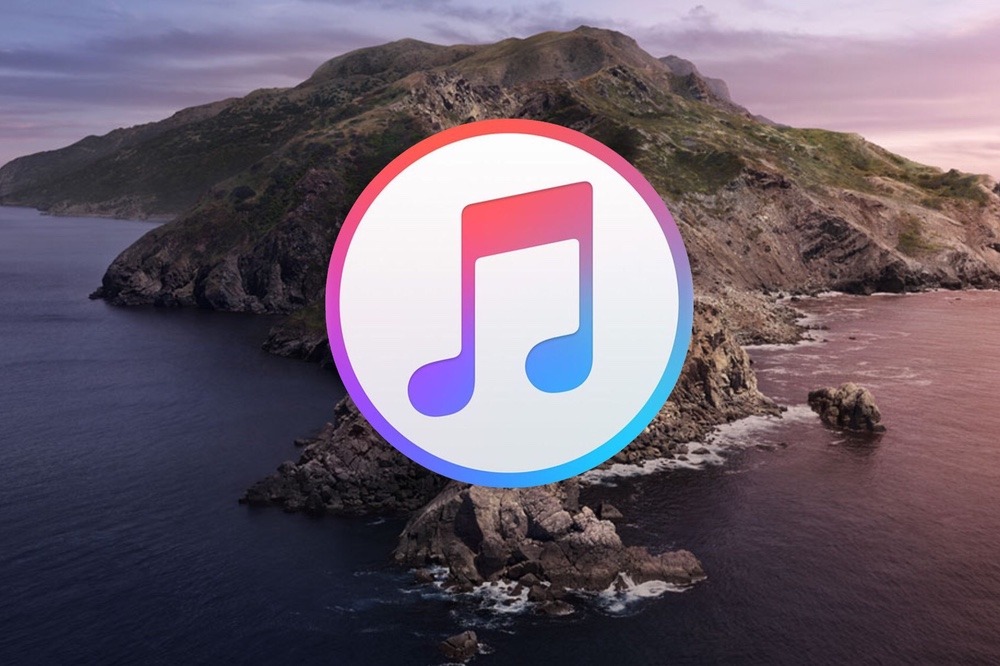
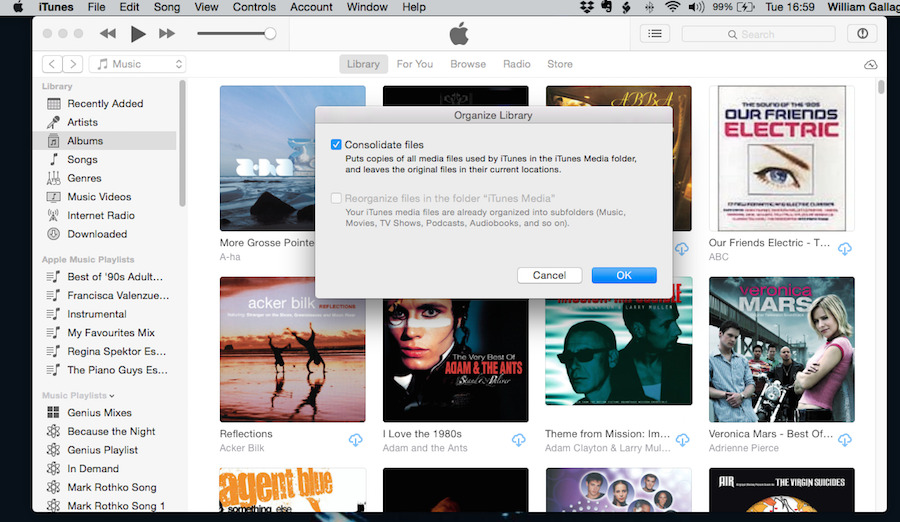
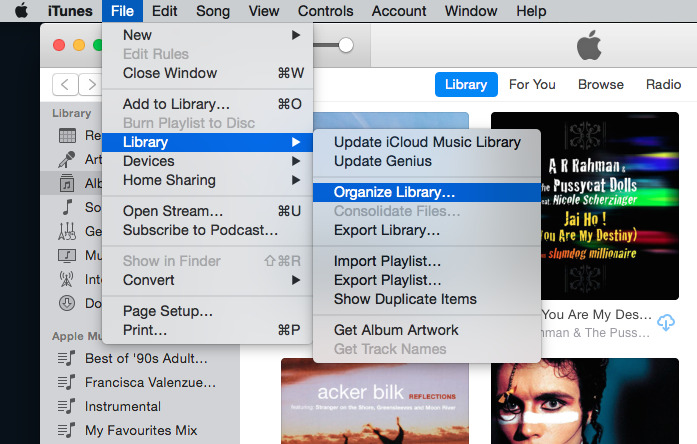






-m.jpg)







 Malcolm Owen
Malcolm Owen
 Christine McKee
Christine McKee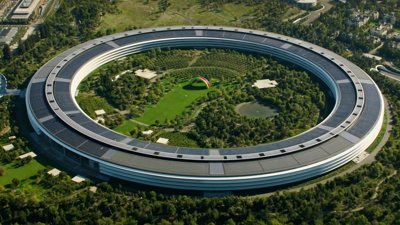
 Wesley Hilliard
Wesley Hilliard
 Thomas Sibilly
Thomas Sibilly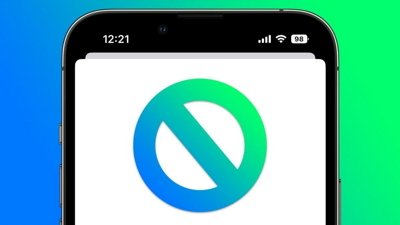
 Marko Zivkovic
Marko Zivkovic
 Andrew O'Hara
Andrew O'Hara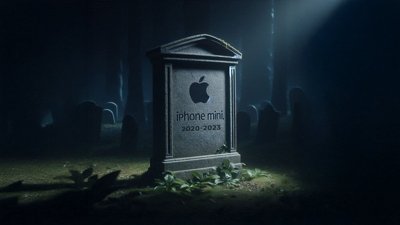
 Amber Neely
Amber Neely








28 Comments
I had a catastrophic disk failure a couple years ago and long story short, I didn’t have an iTunes backup. Needless to say, I lost everything, but was able to restore all my music from the cloud. It worked like a charm and while I can’t verify that 100% of my songs were restored, I did a spit check and found that even obscure, unnamed tracks had been restored.
I’m hoping that music videos will remain with the Music app when it drops. When adding my own videos to my iTunes library they automatically download into the home video section, and I have to change the metadata once into iTunes. I’m wondering if this will still be the case when Music and Movies/TV Shows are split up into separate apps.
I’m sure the real problems will arise with user’s libraries that are organized or configured or located in non-standard ways. It’s fine to customize but don’t expect a new app to understand what you did. Some have created aliases to their iTunes libraries stored somewhere other than the boot disc or configured other schemes because they wanted things their way. Those are the users who will experience problems I suspect.
Simply having your iTunes Library someplace other than the boot drive will not be an issue. Music will simply ask you to locate the iTunes Library for import -- it doesn't care where it is stored.
In iTunes, when you “consolidate” it puts everything, music and videos, all on the same drive. With the separate apps in Catalina, does the Music and AppleTV apps have separate storage locations?